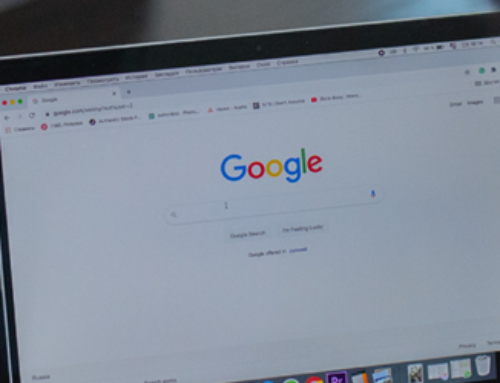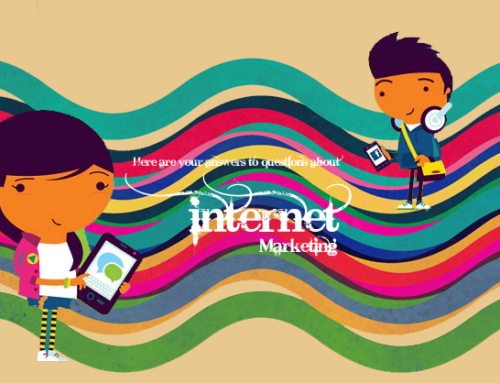Extracts fro the Article by: Chris Guillebeau Read more …
A few years ago, I ran my first marathon in Seattle.
An offer you can’t refuse
It’s a marriage proposal from the guy or girl you’ve been waiting for your whole life.
So how can you construct an offer that your prospects won’t refuse?
- Remember, first you need to sell what people want to buy. Then make sure you’re marketing to the right people at the right time.
- Then you take your product or service and craft it into a compelling pitch … an offer they can’t refuse.
Here’s how you do it?
1. Understand that what we want and what we say we want are not always the same thing.
The next time you get on a crowded plane and head to your cramped middle seat in the back, with a screaming infant seated behind you at no extra charge, remember this principle.
For years travellers have been complaining about crowded planes and cramped seats, and for years airlines have been ignoring them. Every once in a while, an airline creates a campaign to respond to the concern: “We’re giving more legroom in coach!” ??It sounds great, but a few months later they inevitably reverse course and remove the extra inches of space. Why?
Because despite what they say, most travellers don’t value the extra legroom enough to pay for it; instead, they value the lowest-priced flights above any other concerns. Airlines have figured this out, so they give people what they want — not what they say they want.
A good offer has to be what people actually want and are willing to pay for. ??
2. Most of us like to buy, but we don’t usually like to be sold
An offer you can’t refuse may apply subtle pressure, but nobody likes a hard sell.
Instead, compelling offers often create an illusion that a purchase is an invitation, not a pitch. Social shopping services such as Groupon have been successful in recruiting their customers to do most of their marketing for them. Indeed, the biggest complaint about these businesses is that they sell out of deals too quickly, also known as “They won’t let me give them my money!”
As you might imagine, the path of least resistance is a good place to stand.
Offer Construction Project
Here’s an exercise that will help you put together the offer your audience won’t be able to refuse.
Remember the Magic Formula:
The Right Audience + the Right Promise + the Right Time = ?Offer You Can’t Refuse
BASICS
- What are you selling? _______
- How much does it cost? _______
- Who will take immediate action on this offer? ________
BENEFITS
- The primary benefit is ________
- An important secondary benefit is ________
OBJECTIONS
What are the main objections to the offer?
How will you counter these objections?
TIMELINESS
- Why should someone buy this now?
- What can I add to make this offer even more compelling?
Perceived value and the expensive Starbucks run??
After nearing the end of a five-hour drive, I stopped off at a Starbucks about twenty minutes away from my final destination.
On the way inside, I grabbed something from the trunk and left the keys inside. It was even worse because I didn’t realize my mistake until I had finished my latte and email session an hour later, shortly before I was due to arrive at my meeting.??I was mad at myself for being so stupid, but I had to think quickly.
Using a combination of technology (iPod touch, MiFi, cell phone), I located the number of a local locksmith and quickly rang him up. “Uh, can you please come as soon as possible?” He agreed to be as fast as he could.
Much to my surprise, the locksmith pulled up in a van just three minutes later. Impressive, right? Then he got out his tools and approached the passenger door. In less than ten seconds, he had the door open, allowing me to retrieve my keys from the trunk and get on with my life. “How much do I owe you?” I asked. Perhaps it’s because I don’t own a car and the last time I paid a locksmith was ten years ago, or maybe I’m just cheap, but for whatever reason I expected him to ask for something like $20. Instead, he said, “That will be $50, please.”
I hadn’t discussed the price with him before he came out and was in no position to negotiate, so I gave him the cash and thanked him. But something was unsettling about the transaction, and I tried to figure out what it was.
I was mad at myself for locking my keys in the car — it was obviously no one’s fault but my own — but I also felt that $50 was too much to pay for such a brief service.
As I drove away, I realized that I secretly wanted him to take longer in getting to me, even though that would have delayed me further. I wanted him to struggle with unlocking my car as part of a major effort, even though that made no sense whatsoever. The locksmith met my need and provided a quick, comprehensive solution to my problem. I was unhappy about our exchange for no good reason.
The problem of perceived value
Mulling it over, I realized that the way we make purchasing decisions isn’t always rational. I thought back to something that had happened in the early days of my business. I had produced a twenty-five-page report on booking discount airfare and sold it for $25. Many people bought it, but others complained: Twenty-five pages for $25? That’s too expensive.
I knew I couldn’t please everyone, but I didn’t understand this specific objection.
The point of the report was to help people save money on plane tickets, and many readers reported saving $300 or more after one quick read. What does the length of the report have to do with the price? I remember thinking about that one complaint.
If I gave you a treasure map, would you complain that it was only one page long?
It turned out the joke was on me: All of us place a subjective value on goods or services that may not relate to what they “should” be.
Just as what we want and what we say we want aren’t always the same thing, the way we place a value on something isn’t always rational. You must learn to think about value the way your customers do, not necessarily the way you would like them to.
The good news …
The good news is that when you do understand what people want, everything else gets a lot easier.
The next step is to take your offer out into the world. Are you doing that?
About the Author: Chris Guillebeau is the author of The $100 Startup, available today from Amazon.com or your favorite local bookstore. The book provides a blueprint for creating irresistible offers that increase income and improve the state of the world. You can also read his free blog at ChrisGuillebeau.com.




